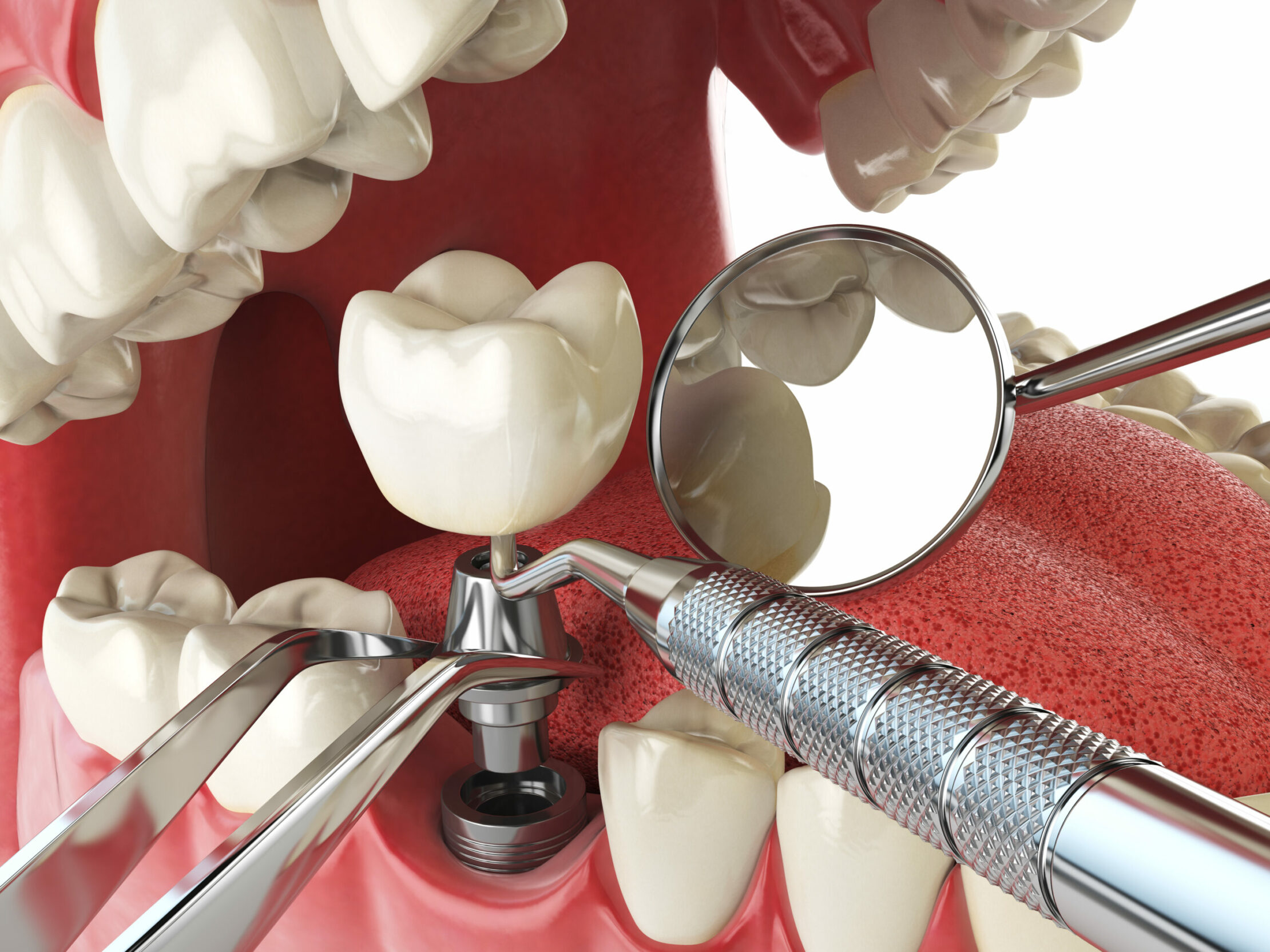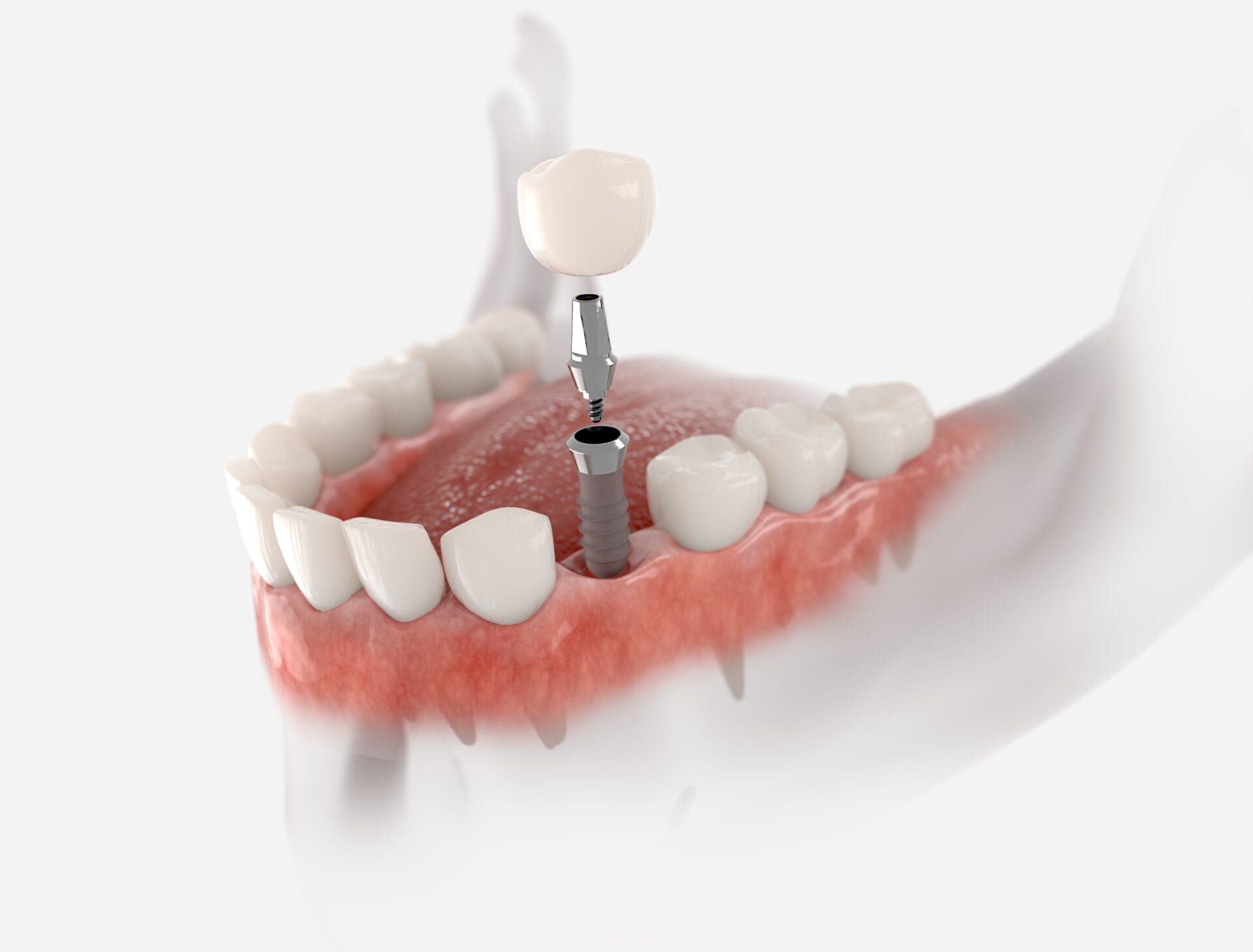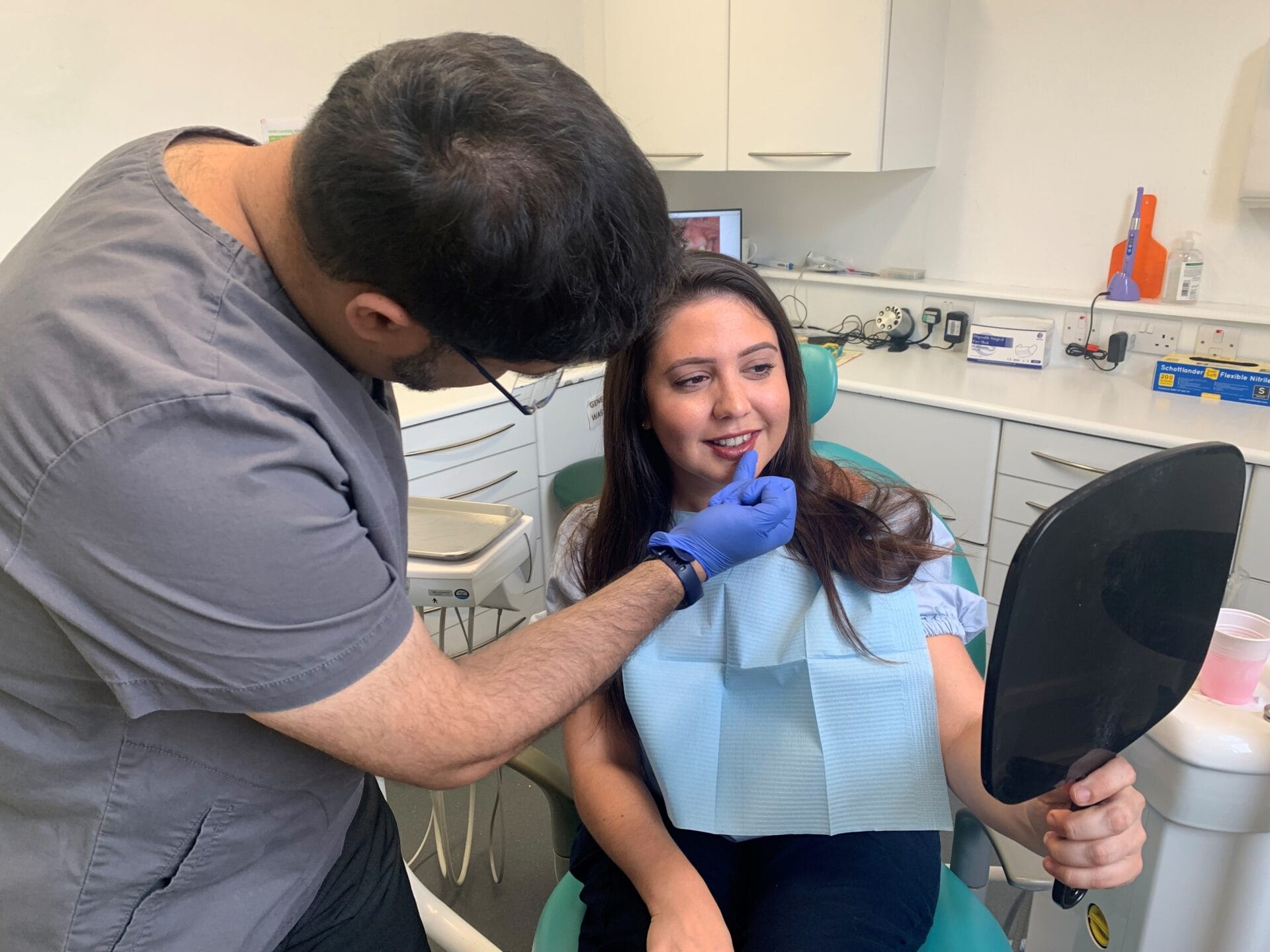Experience High Quality Dental Implants Kent: Improve Your Confidence
Experience High Quality Dental Implants Kent: Improve Your Confidence
Blog Article
Experience the current Advancements in Dental Implants Technology
As the field of dental care continues to develop, the improvements in dental implant modern technology have been absolutely nothing short of impressive. The assimilation of technology is reinventing the performance of dental implants, guaranteeing boosted outcomes and patient fulfillment.
Advanced Products for Improved Resilience
In the world of oral implants innovation, the assimilation of innovative products has actually substantially added to boosting durability and long life of these important oral prosthetics. The usage of materials such as titanium alloys, zirconia, and ceramic compounds has actually reinvented the field by supplying raised toughness, resistance, and biocompatibility to corrosion.
Titanium alloys are widely used in dental implants because of their outstanding strength-to-weight proportion, deterioration resistance, and compatibility with the human body. These alloys ensure the security and durability of the implant by withstanding the pressures applied during eating and speaking, supplying a trustworthy remedy for individuals seeking resilient tooth substitutes.
Zirconia, a kind of ceramic product, has gotten popularity for its biocompatibility and natural tooth-like look. Its high strength and resistance to wear make it a suitable choice for oral crowns and bridges, improving the overall aesthetics and capability of the dental implant.

Digital Imaging for Precise Placement
The evolution of dental implants innovation has actually further progressed with the integration of electronic imaging strategies, ensuring accurate placement of these prosthetics for optimum practical and aesthetic outcomes. Digital imaging plays a vital role in the preparation and placement of dental implants by giving in-depth 3D photos of the person's jawbone structure. This innovation permits dental professionals to evaluate bone thickness, locate essential structures, and prepare the specific setting and angle for implant placement with unequaled precision.
By utilizing digital imaging, dental professionals can produce virtual surgical guides that act as a roadmap throughout the dental implant placement procedure. These guides are personalized for each and every client, thinking about their distinct makeup and the desired outcome. This degree of accuracy not just enhances the success rate of dental implant procedures yet likewise decreases the risk of complications.
Moreover, electronic imaging makes it possible for dental practitioners to imagine the last prosthetic restoration prior to the real positioning of implants, permitting meticulous preparation and making sure that the result meets the patient's visual expectations. On the whole, the integration of electronic imaging innovation has actually transformed the field of dental implants, offering individuals an extra foreseeable, reliable, and patient-specific therapy technique.

Minimally Invasive Surgical Strategies


Advancements in surgical methods have actually caused the development of minimally intrusive methods in the area of oral implantology. These strategies intend to decrease trauma to the individual, reduce healing times, and boost general treatment outcomes. Minimally intrusive surgical treatments entail smaller sized incisions, specialized tools, and progressed imaging modern technologies to precisely place oral implants with very little disturbance to bordering cells.
One trick element of minimally intrusive strategies is the use of assisted surgery, where 3D imaging and computer-aided layout software program are employed to prepare the dental implant placement with terrific precision. This permits a more foreseeable result and can typically remove the demand for substantial flap surgery.
Moreover, improvements in products and dental implant layout have additionally added to the success of minimally invasive techniques. Implants with improved surface homes promote much faster osseointegration, minimizing the recovery time called for before the prosthetic remediation can be placed.
3D Printing for Custom-made Solutions
Utilizing 3D printing technology in dental implantology enables the development of extremely personalized solutions customized to individual client requirements and anatomical variations. This advanced modern technology makes it possible for oral specialists to make and make oral implants with phenomenal accuracy and precision. By using electronic imaging methods, such as cone beam of light computed tomography (CBCT), thorough 3D designs of the individual's dental cavity can be generated to guide the dental implant preparing procedure.
Among the vital advantages of 3D printing in oral implantology is the capacity to produce patient-specific implants that completely fit the one-of-a-kind anatomy of each person. This go personalized technique assists boost the total success and durability of the dental implant by making sure optimum fit and positioning. Furthermore, 3D printing permits the production of complex geometries and detailed structures that would be difficult or tough to attain explanation using traditional production methods.
Furthermore, 3D printing technology enables dentists to enhance the implantation process, decreasing surgical treatment time and enhancing general client experience. With its ability to produce personalized remedies promptly and efficiently, 3D printing is changing the field of dental implantology, offering patients cutting-edge treatment choices and enhanced end results.
Integrated Technology for Improved Performance
Applying cutting-edge modern technology in dental implantology enhances functionality and accuracy, elevating the standard of care for clients undergoing dental implant procedures. Integrated technology plays a vital duty in enhancing the general success and resilience of dental implants.
In addition, the combination of computer-aided layout and computer-aided production (CAD/CAM) innovation makes it possible for the creation of custom-made implant remediations with exceptional accuracy. CAD/CAM systems make use of electronic impacts to design prosthetics that perfectly fit the person's special anatomy, guaranteeing ideal convenience and functionality. In addition, the usage of robotic-assisted surgical procedure in implant positioning boosts precision and reduces the risk of human error.
Final Thought
Finally, the most recent innovations in oral implants technology offer enhanced resilience via sophisticated products, accurate positioning with digital imaging, minimally invasive medical strategies, customized services with 3D printing, and enhanced performance with incorporated innovation - Dental implants Kent. These advancements in oral implants technology are changing the field and giving people with even more efficient and reliable treatment choices for recovering their smiles and oral health
The assimilation of innovation is changing the performance of oral implants, guaranteeing enhanced outcomes and person complete satisfaction.
The evolution of oral implants innovation has actually better advanced with the assimilation of digital imaging methods, making sure specific positioning of these prosthetics for optimal practical and visual results. Minimally intrusive surgical procedures involve smaller cuts, specialized instruments, and advanced imaging innovations to precisely place dental implants with marginal disturbance to surrounding cells.
Carrying out advanced technology in dental implantology improves capability and accuracy, boosting the standard of treatment for individuals going through dental implant treatments. Dental implants Kent. Integrated innovation plays a critical role have a peek at this website in enhancing the overall success and resilience of dental implants
Report this page